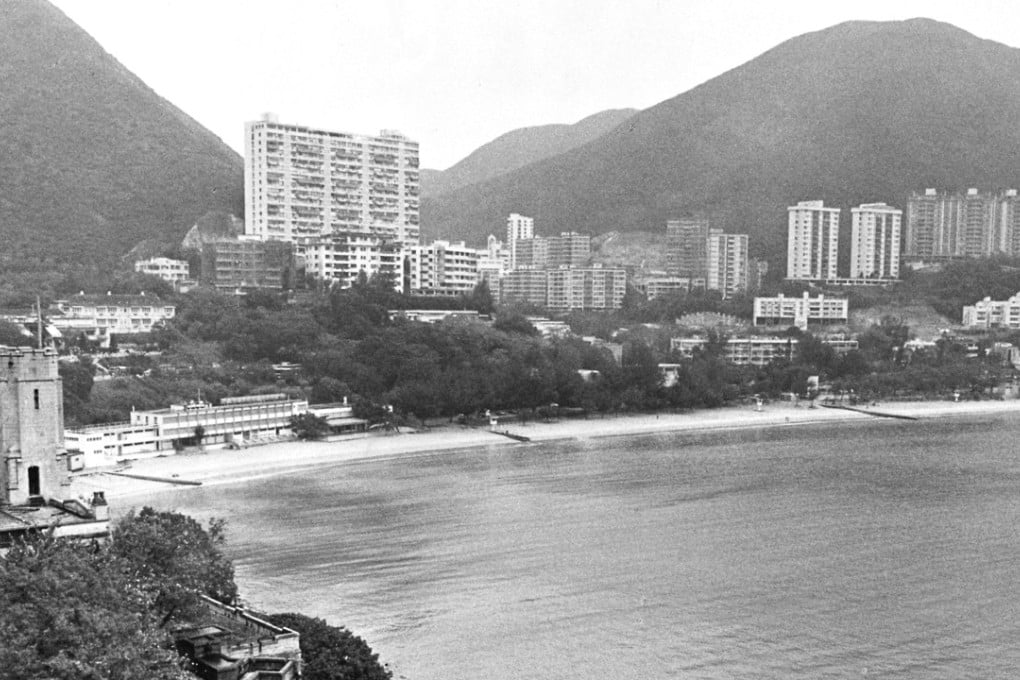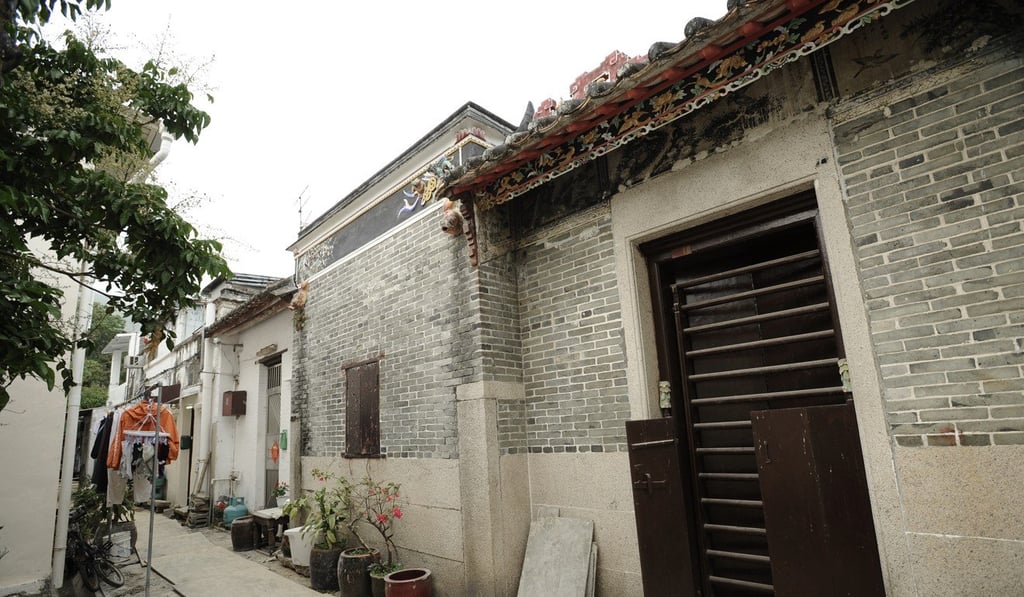Hong Kong district stories: Repulse Bay, Deep Water Bay and Shouson Hill
The South Side of Hong Kong is known today for its wealthy inhabitants, but for centuries it was a collection of small fishing villages. The arrival of the British started its slide into affluence and exclusivity, with the founding of Hong Kong Golf Club and the building of the Repulse Bay Hotel

On a sunny day over the Christmas holidays, a small group of people squeezed through the narrow lanes of Wong Chuk Hang San Wai. To those zipping past on the MTR’s new South Island Line, this tight cluster of houses probably looks like a squatter village, but its history goes back farther than they might expect.

Farms, factories and the future: Wong Chuk Hang to change again with MTR opening
Chan leads the group to an old stone house with a strong granite base, grey brick walls, a colourful frieze and reptile sculptures that drain water from the roof while also warding off evil spirits. “You can tell it was built by a wealthy family,” he says. Not just any family: the Chow family, whose patriarch, Shouson Chow, later co-founded the Bank of East Asia and became the first Chinese member of Hong Kong’s Executive Council. Shouson Hill was named in his honour.

Live the history of Hong Kong, how it grew from colonial opium trading outpost to global finance mecca